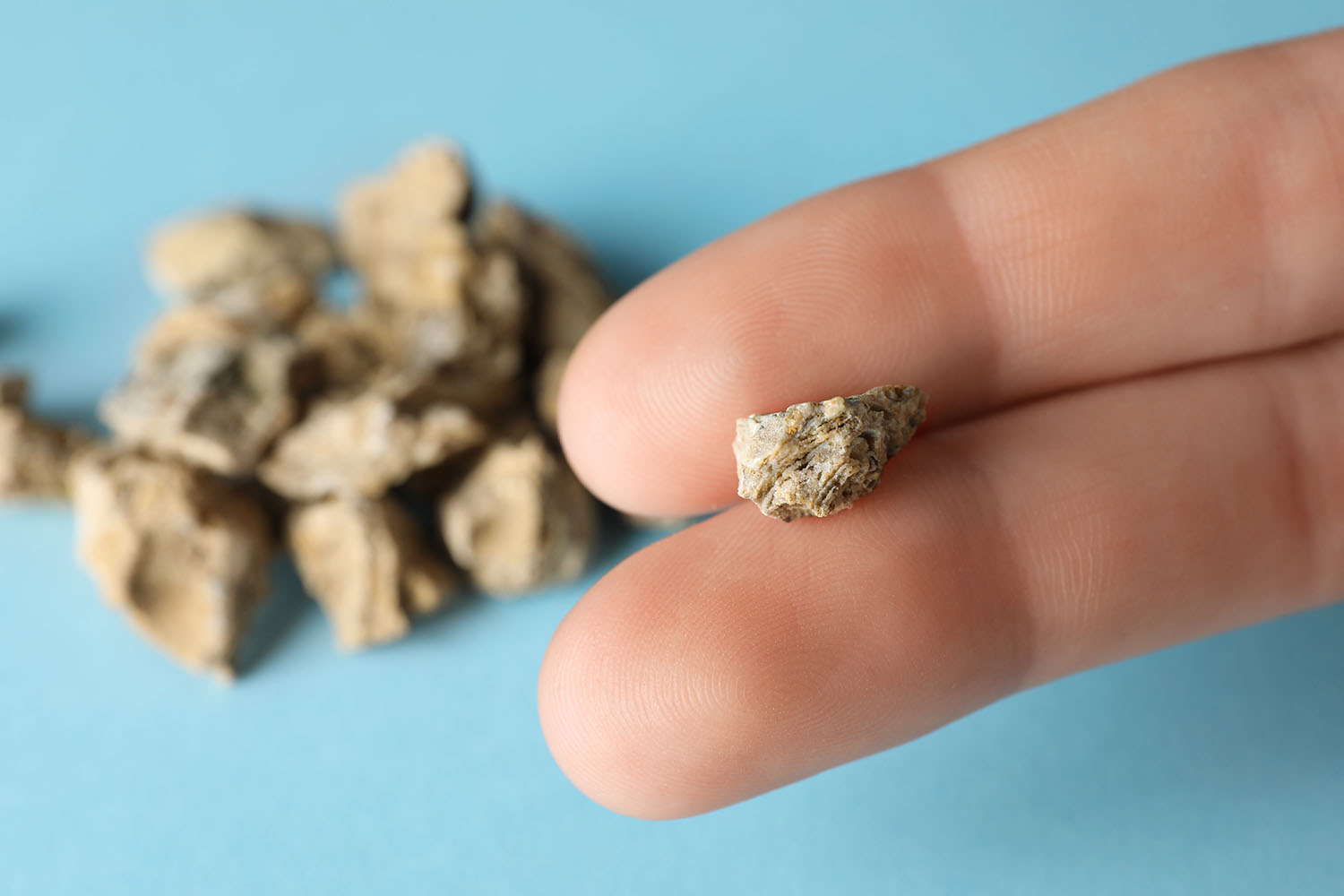Overview
Kidney stones are a prevalent and painful condition that affects millions of people worldwide. Understanding the formation, symptoms, and treatment options for kidney stones is crucial for effective management. In this blog, we delve into the facts and research surrounding kidney stones, providing visual insights through kidney stones pictures to enhance your comprehension.
What Are Kidney Stones?
Kidney stones, medically known as nephrolithiasis or urolithiasis, are hard mineral and salt deposits that form in the kidneys. They can vary in size, from tiny grains to larger stones that can obstruct the urinary tract. Kidney stones pictures can help visualize these stones, showing their diverse shapes and sizes, which can range from a grain of sand to a golf ball.
Causes of Kidney Stones
Kidney stones form when the balance of minerals and salts in the urine is disrupted. Several factors contribute to this imbalance, including:
- Dehydration: Inadequate water intake leads to concentrated urine, increasing the risk of stone formation.
- Diet: High intake of oxalate-rich foods, sodium, and protein can elevate stone risk.
- Genetics: A family history of kidney stones increases susceptibility.
- Medical Conditions: Conditions like hyperparathyroidism, gout, and urinary tract infections can contribute to stone development.
Symptoms of Kidney Stones
The presence of kidney stones can lead to severe discomfort and other symptoms, such as:
- Intense pain in the back, side, or lower abdomen
- Blood in the urine (hematuria)
- Frequent and painful urination
- Nausea and vomiting
- Cloudy or foul-smelling urine
Kidney stones pictures can often illustrate the location and size of the stones, aiding in diagnosis and treatment planning.
Diagnosing Kidney Stones
Several diagnostic tools are employed to detect kidney stones:
- Imaging Tests: X-rays, CT scans, and ultrasounds provide clear kidney stones pictures, revealing their size, shape, and location.
- Urine Tests: Analysis of urine can detect high levels of stone-forming substances.
- Blood Tests: These tests can identify underlying conditions contributing to stone formation.
International Research on Kidney Stones
Research from around the world provides valuable insights into kidney stones, their causes, and treatment options:
- Dietary Impact: Studies from the Harvard T.H. Chan School of Public Health emphasize the role of diet in kidney stone prevention. Reducing salt and animal protein intake, while increasing hydration, significantly lowers the risk.
- Genetic Factors: Research published in the Journal of the American Society of Nephrology highlights the genetic predisposition to kidney stones. Specific genes have been linked to higher stone formation risk, paving the way for personalized treatments.
- Advancements in Treatment: The Mayo Clinic’s research into minimally invasive treatments, such as extracorporeal shock wave lithotripsy (ESWL), showcases effective methods for breaking down stones without surgery.
Treatment Options
Treatment for kidney stones depends on their size, type, and location. Options include:
- Medication: Pain relief and medications that help pass the stones naturally.
- Extracorporeal Shock Wave Lithotripsy (ESWL): Non-invasive procedure using sound waves to break stones into smaller pieces.
- Ureteroscopy: A thin scope is inserted into the urethra to remove or break stones.
- Percutaneous Nephrolithotomy: Surgical removal of large stones through a small incision in the back.
Preventing Kidney Stones
Prevention is key to avoiding the recurrence of kidney stones. Recommendations include:
- Hydration: Drink plenty of water to dilute substances in urine that lead to stones.
- Dietary Modifications: Reduce intake of oxalate-rich foods (e.g., spinach, nuts), limit sodium, and consume adequate calcium.
- Medical Management: Regular monitoring and medications to manage underlying conditions.
Kidney stones are a significant health concern with a variety of causes, symptoms, and treatments. By understanding the condition through kidney stones pictures and international research, individuals can better manage and prevent this painful ailment. Staying informed and proactive in managing risk factors is crucial for maintaining kidney health and overall well-being.
For further information and visual insights, consult medical professionals and reliable health resources to better understand kidney stones and their impact.



